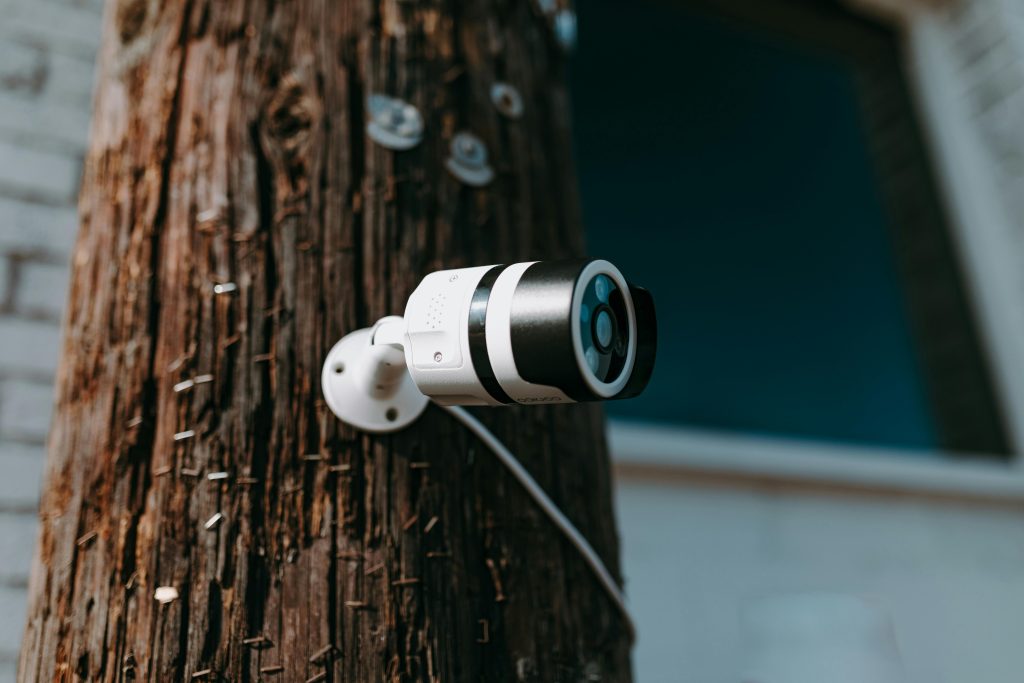Understanding and Troubleshooting Unresponsive Buttons on Windows Laptops: A Case Study
Introduction
Encountering unresponsive buttons and broken functionalities on a Windows laptop can be both frustrating and perplexing. Such issues might span from simple glitches to deeper system problems, especially when they occur across multiple applications and browsers. This article explores a real-world scenario to analyze potential causes and solutions, providing valuable insights for troubleshooting similar problems on your own devices.
Case Overview
The subject is an HP 255 G9 Notebook PC, equipped with an AMD Ryzen 3 5425U processor, Radeon graphics, 32 GB RAM, and a 2 TB storage drive, running Windows 11. Primarily used for work-related tasks, the device recently exhibited a troubling issue: interactive buttons—such as those for submitting job applications—ceased functioning. This problem persisted for about a week, eventually expanding to affect additional functionalities, including sign-in buttons across various Google services.
Initial Troubleshooting Efforts
The user attempted to address these issues through multiple approaches:
– Trying different browsers and incognito modes, ruling out browser-specific glitches.
– Performing a factory reset, which did not resolve the problem.
– Noticing that only certain buttons were affected; for example, signing into Bitwarden was successful, indicating the system isn’t entirely unresponsive.
Observations and Symptoms
- The “email or phone” text covers its input box occasionally, affecting user interaction.
- The cursor’s color inverts when hovering over specific buttons (like “Next” in Google sign-in), sometimes only when the cursor is at the edge of the button.
- The problems are system-wide, not limited to a single application or browser, suggesting a more integrated issue.
Potential Causes and Considerations
While the exact cause remains uncertain, several possibilities should be considered:
- Software Conflicts or Corruption
- System file corruption or registry issues can cause UI elements to behave unpredictably.
- Malware or Adware
- Although antivirus scans with Windows Defender showed no threats, some malware can evade detection or cause subtle UI issues.
- Browser or Extension Interference
- Since multiple browsers and incognito modes were tested—without extension use—it’s unlikely extensions are responsible, but residual malware or settings could still play a role.
- Hardware or Graphics Driver Issues
- Corrupted or outdated graphics drivers may cause rendering issues like inverted cursor colors or unresponsive buttons.
- Accessibility or Display Settings
- Misconfigured display
Share this content:



